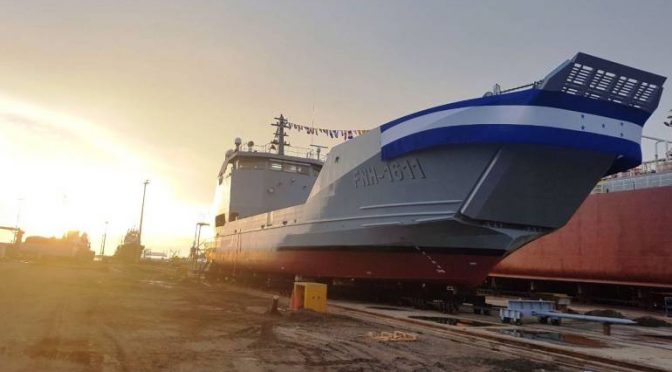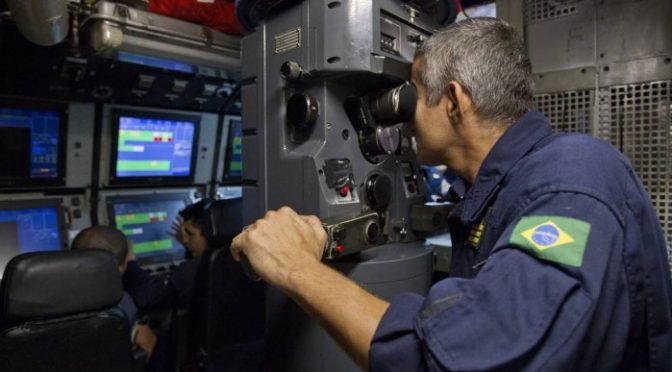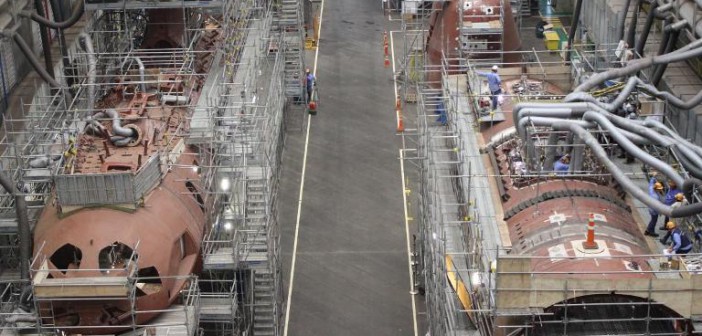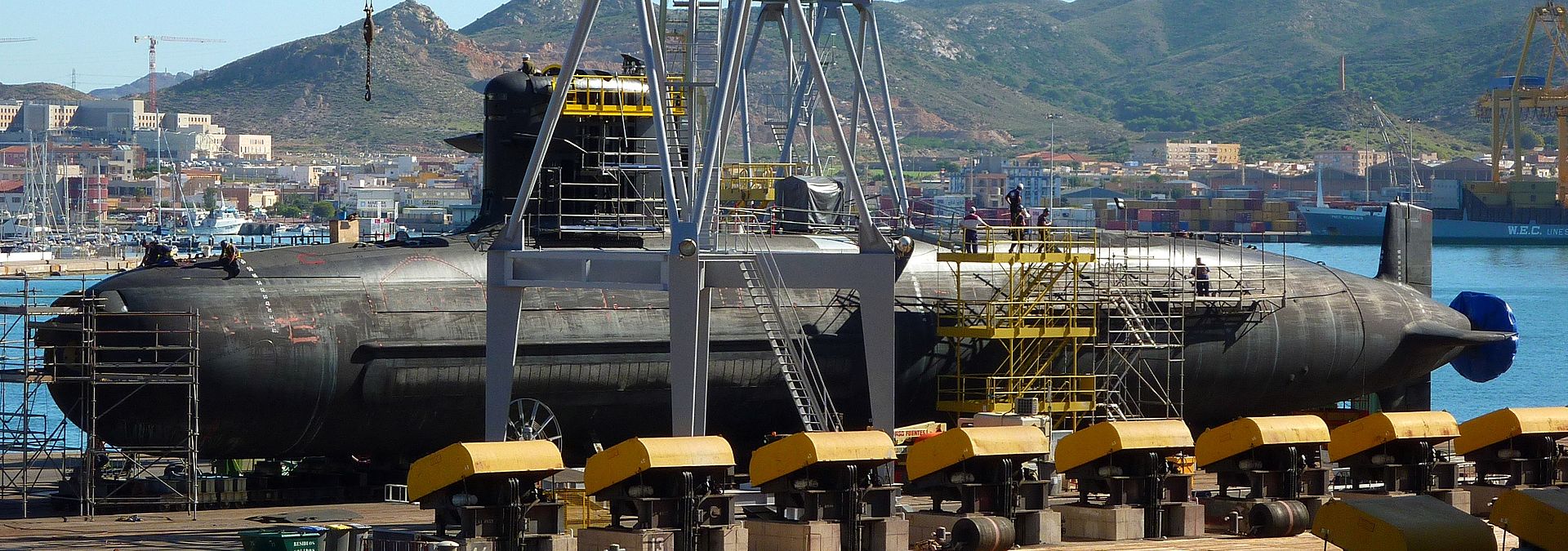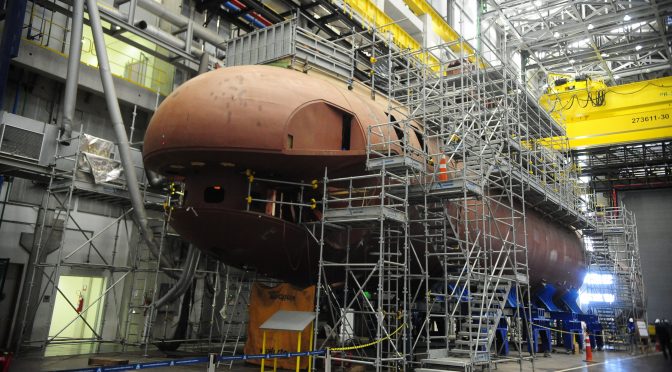The Southern Tide
Written by W. Alejandro Sanchez, The Southern Tide addresses maritime security issues throughout Latin America and the Caribbean. It discusses the challenges regional navies face including limited defense budgets, inter-state tensions, and transnational crimes. It also examines how these challenges influence current and future defense strategies, platform acquisitions, and relations with global powers.
“The security environment in Latin America and the Caribbean is characterized by complex, diverse, and non-traditional challenges to U.S. interests.” Admiral Kurt W. Tidd, Commander, U.S. Southern Command, before the 114th Congress Senate Armed Services Committee, 10 March 2016.
By W. Alejandro Sanchez
Colombia Delivers Vessel for Honduran Navy
On 4 November, the Honduran Navy (Fuerzas Naval de Honduras: FNH) received a brand new multipurpose vessel, FNH Gracias a Dios. What makes this delivery significant is that the platform was constructed by a Colombian company, Corporación de Ciencia y Tecnología para el Desarrollo de la Industria Naval Marítima y Fluvial (COTECMAR). Hence, this deal is important as it serves as an example of a Latin American military industry successfully selling platforms to another regional state.
This commentary is a continuation of an August 2016 essay by the author for CIMSEC, titled “The Rise of the Latin American Shipyard,” which discussed regional shipyards and their attempts to sell their platforms to international clients.
The Deal
Gracias a Dios was delivered fairly quickly, as the Honduran and Colombian governments signed a contract on 21 November 2016. The platform is a Short Range Logistic Support Ship (Buque de Apoyo Logístico – Cabotaje: BAL-C), it measures 49 meters, has a max speed of 9 kts and can transport up to 120 tons of cargo. The vessel has a ramp and a hydraulic crane so it does need a port to unload its cargo. Construction was carried out by the aforementioned Colombian company COTECMAR, in its facilities in Cartagena. Apart from assembling the vessel, COTECMAR trained 17 Honduran naval personnel, while three Honduran naval officers will study in the Colombian Navy’s institute of higher education, Escuela Naval Almirante Padilla, as part of the Tegucigalpa-Bogota deal, worth USD$ 13.5 million.
Gracias a Dios will be utilized by the Honduran naval force for coastal operations including relief support after natural disasters. The Honduran government and media in general have applauded the new asset; for example the daily La Tribuna explained that “this is a multipurpose vessel, its main missions will be to transport food, fuel and machinery to inaccessible areas in Honduras.” The newspaper also quoted the commander of Gracias a Dios, Lieutenant Israel Onil Sánchez, who explained that the vessel can be at sea up to 40-45 days. Meanwhile, President Juan Orlando Hernández highlighted how the vessel can transport up to four speedboats, which will help combat drug trafficking across Honduras’ waters.
There are now five BAL-Cs in operation: Colombia operates four – two in its Pacific fleet and two for the Caribbean fleet – in addition to one for the Honduran Navy.
The Significance
The significance of the Colombia-Honduras deal should not be understated. As a general rule, Latin American or Caribbean navies acquire new naval platforms from extra-regional suppliers, be them governments (e.g. the U.S) or shipyards (e.g. Damen Group). Hence, this deal is a sort of modern milestone since it is between two regional nations with a Latin American company being the supplier. (It is worth noting that COTECMAR has previously sold riverine patrol boats to Brazil.)
The successful delivery of Gracias a Dios has encouraged COTECMAR to be more aggressive in order to acquire new foreign clients. A recent report by IHS Jane’s explains that the company is now looking at countries like Peru, the United Arab Emirates, and landlocked Paraguay as potential customers – and according to Jane’s negotiations with Lima and Asuncion are advanced. Lima’s interest in these platforms is understandable, as Peruvian ships, like the BAP Eten, were involved in support operations recently, when torrential rains affected the country’s northern regions earlier this year.
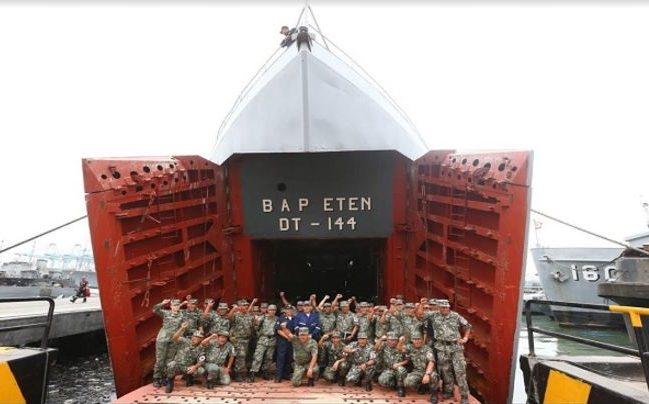
Additionally, it will be important to monitor other Latin American shipyards, like Argentina’s Rio Santiago, Chile’s ASMAR, Ecuador’s ASTINAVE, or Peru’s SIMA as these entities are also constructing platforms for their respective navies, but could also attempt to export them. When it comes to Mexico for example, ASTIMAR has constructed 10 Tenochtitlan-class coastal patrol vessels for the Mexican Navy.
Nevertheless, this is unlikely to occur. In an interview with the author, Christian J. Ehrlich, Director of Intelligence at Riskop and Non-Resident Fellow at the Mexican Navy Institute for Strategic Research, explained that,
“Currently, there are no concrete plans to build OPVs or Coastal Patrol Vessels for any country in the region. Some years ago, some Central American Navies showed interest in acquiring the Mexican-made Oaxaca-class OPVs. But let’s be honest, given the Mexican Navy’s small budget, our shipyards can only concentrate on fulfilling the MX Navy’s operational requirements. That is certainly a shame, since the Oaxaca Class OPVs are well-proven, highly capable vessels for maritime security-oriented navies.”
It is important to mention the geopolitical ramifications of the Gracias a Dios deal. The vessel and other initiatives as part of the agreement will inevitably bring the Honduran and Colombian navies closer, and joint naval exercises will probably occur in the near future. This is important because of one factor: Nicaragua. The Central American nation has taken Colombia to the International Court of Justice (ICJ) due to a maritime border dispute over Bogota-controlled islands and territory in the Caribbean. ICJ rulings in 2016 were generally regarded as very favorable towards Managua, but the two sides have returned to the Court for subsequent demands.
From this perspective, it makes sense that Bogota is approaching Tegucigalpa via defense-related initiatives, as this will serve to counterbalance Managua’s Caribbean ambitions. While armed conflict between Colombia and Nicaragua is extremely unlikely, Bogota can always benefit from having additional allies among states that border the Caribbean and Nicaragua itself.
Final Thoughts
It would be far-fetched to suggest that the recent Colombia-Honduras deal for a logistics vessel will dramatically change the dynamics of Latin American and Caribbean sales regarding naval platforms. Without a doubt, regional navies will continue to look to extra-regional suppliers, including more experienced shipyards, for new (or refurbished) vessels. This is particularly true for more complex platforms such as submarines (Brazil’s submarine program notwithstanding). Moreover, as Mr. Ehrlich mentions, apart from competition, the other main obstacle for these shipyards to grow is lack of political support for these entities.
With that said, the COTECMAR-FNH deal does set an important precedent, as navies with limited defense budgets in Latin America and the Caribbean may start turning to their immediate neighbors regarding the acquisition of new platforms instead of investing in more expensive assets from more distant suppliers.
W. Alejandro Sanchez is a researcher who focuses on geopolitical, military, and cyber security issues in the Western Hemisphere. Follow him on Twitter: @W_Alex_Sanchez.
The views presented in this essay are the sole responsibility of the author and do not necessarily reflect those of any institutions with which the author is associated.
Featured Image: Gracias a Dios logistics ship. (Cotecmar)

